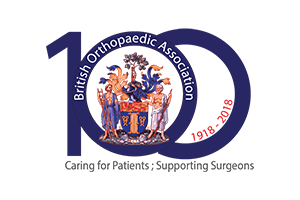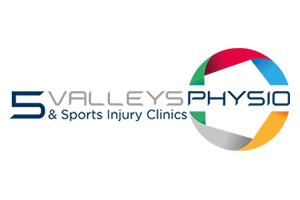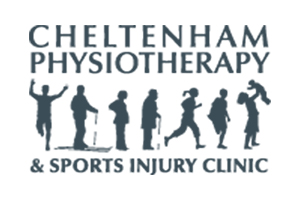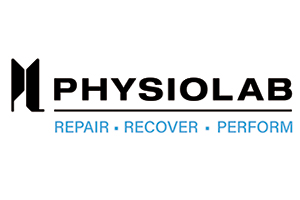ACL INJURY
The anterior cruciate ligament (ACL) is one of strong ligaments of the knee that helps to stabilise the knee and prevent it from giving way. It is one of the structures that is most commonly injured in a non-contact pivoting injury often accompanied by an audible “pop”. The knee swells within a few minutes of the injury and most commonly people cannot walk on the knee in the immediate aftermath. As the knee begins to recover the swelling may settle but patients begin to experience feelings of instability in the knee with episodes of giving way, particularly when trying to quickly change direction.
HOW IS AN ACL TEAR DIAGNOSED?
Your surgeon will ask a few questions about the injury and examine the knee. Most of the diagnosis can be made with this alone, but this is then confirmed with xrays and and MRI scan that can also look for damage to the other structures within the knee.
WHAT IS THE TREATMENT FOR ACL TEARS?
Broadly speaking the management of ACL tears can be either non-operative or operative. In addition to simple first aid measures non-operative treatment involves strengthening the muscles around the knee under the supervision of a physiotherapist. Physiotherapy can also improve proprioception around the knee, so called joint position sense, which the ACL has an important role in, and help to restore range of movement. In some cases patients find that the knee becomes stable once again without the need to consider any further treatment. Where patients continue to experience symptoms of the knee giving way, or feeling unstable, surgery may become necessary. ACL reconstruction is usually performed using key-hole (arthroscopic) surgery and uses a graft normally taken from the patient.
For further information on ACL reconstruction and how it is performed please view our surgical page here.









